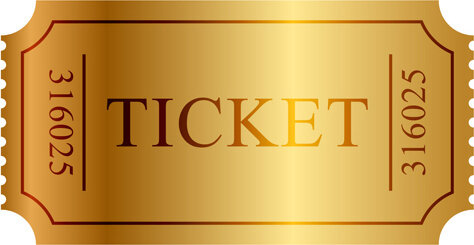Willis Observatory will be open Saturdays, May - October, 2023. Buy your tickets using the link below. Use Contact Us to arrange Private Star Parties.
https://www.tickettailor.com/events/willisobservatory
https://www.willisobservatory.com/contact
What You Can Expect at a Star Party
If children are present, we often let them touch the button that opens the observatory roof.
The first thing we will do is teach you how to focus the telescopes. It’s not hard. Everybody’s eyesight is different and what is in focus for one person may not be in focus for another. The Star Party leader will get the telescopes in the ballpark focus but it will be up to each participant to do their fine tuning focusing.
Next, we will teach everyone how to use a paddle for the amazing AstroPhysics 175 telescope. This will allow guests to put their eye in the eye piece and scour the universe, to see so many stars in the universe. It is spine-chilling.
The third thing we will do is who people how to use our APM 100MM SD APO 45° (FCD100) DOUBLET BINOCULAR AND UF24MM EYEPIECES with the 10 Micron BM100 LEONARDO mount. It goes up and down to adjust for the height of the viewer and it goes in a 360 degree circle. These are huge binoculars, professional binoculars. Do not underestimate the views you can have of the night sky (not to mention enjoying looking at the mountains and wildlife before the party starts and it gets dark). The moon can be particularly amazing in these huge binoculars.
We do on occasion have problems with dew with the binoculars.
The fourth thing we will do is talk to you about Galileo while we show you our artwork of Galileo at the entrance of the observatory. Following Galileo, we will show you right inside the door a charcoal painting of Copernicus and tell you details of his astronomical background. Charles Messier is a Frenchmen from who we get the Messier Catalog, which contains many of the brightest targets in the night sky. We show you a charcoal drawing of him and tell you some neat stuff about him. Everything we do at the observatory is on the backs of Galileo, Copernicus and Messier.
Next, we will talk to participants about light pollution, the use of red lighting, how even red lighting decreases the quality of views in the telescope and how we will use red lighting and not use it throughout the evening.
Then people will get to hold a meteorite which is as old as the universe. It is a five-pound meteorite. Typically, you put a meteorite in a case, but we want people to have the experience of touching something this old from our universe. We may talk some about meteorites if time permits.
Everyone will get to touch our moon rock, which is registered. You can’t get a moon rock that has been brought to the earth, but you can get a moon rock that due to a collision was blasted off the moon and earth’s gravity caught it.
Then the fun begins.
Everything depends on: 1) what phase the moon is in, 2) what targets are available, and 3) the weather/clouds. The perfect night is in October when Saturn and Jupiter and its four largest moons can be seen fairly early in the evening. Also, a perfect evening would be having just a little bit of a moon, no more than a quarter of a moon. The moon, believe it or not, is light pollution and can impact the viewing of other targets. I describe the moon as narcissistic. It can dominate the night sky when it is full. Just like participants can scour the universe with a hand paddle, we can scour the moon slowly with a hand paddle too. The moon is amazing, we just want a little of it, though, for a perfect night.
We obviously want to show the planets that are available. Saturn and Jupiter are the most stunning. Next would be Mars, but it is drastically less stunning. Then the other planets which get even more less stunning.
Double stars, that have different colors – my favorite is Albireo with one star orange and the other star blue, are stunning. We can also do what is called splitting a double star. Our telescopes are so large that we don’t have to split many double stars, but for some a star will look like one star. But when we add magnification, you can clearly see two stars.
Globular clusters, which can have millions of stars in them, appear as a whitish glob, and are stunning to see. Sometimes we can make out a few individual stars.
Open clusters can also be impressive.
Then there are planetary nebulae and other night sky objects.
We see a lot of targets in an hour and a half.
We don’t know everything about astronomy, who does? We try to share as much as we can about each target.
If Chris is at a star party, he may fire up one of the two telescopes used for astrophotography and take five-minute exposures of some of the targets we are viewing.
So that’s pretty much it. I can guarantee you the universe will not disappoint you and our research grade telescopes will not disappoint you.
We look forward to having you at the Willis Observatory, which is open Saturdays May – October. Tickets are now available. Unfortunately, about half of the star parties in western North Carolina get cancelled due to bad weather. It is very easy for us to offer refunds, which are deposited back in your account fairly quickly, in a matter of days.

